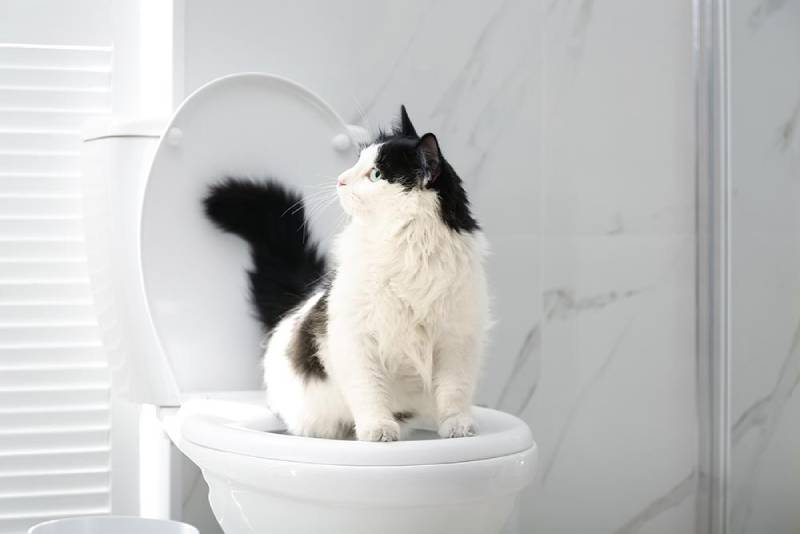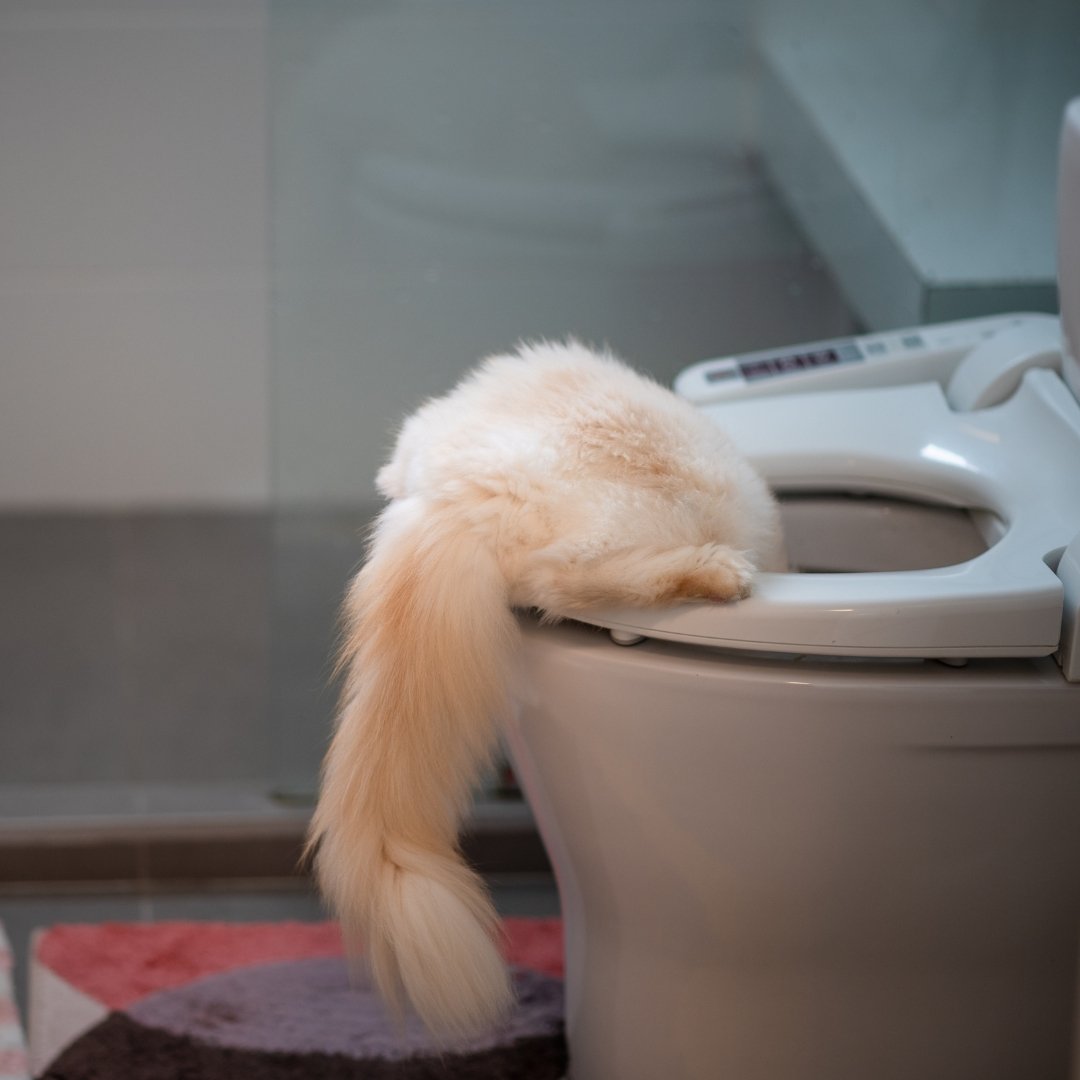Potential Risks of Flushing Cat Poop Down Your Toilet - Tips for Better Disposal
Potential Risks of Flushing Cat Poop Down Your Toilet - Tips for Better Disposal
Blog Article
What're your opinions on How to Dispose of Cat Poop and Litter Without Plastic Bags?

Intro
As cat owners, it's vital to bear in mind exactly how we take care of our feline good friends' waste. While it might appear convenient to flush feline poop down the bathroom, this practice can have harmful consequences for both the environment and human wellness.
Alternatives to Flushing
Luckily, there are much safer and a lot more responsible methods to take care of pet cat poop. Take into consideration the following options:
1. Scoop and Dispose in Trash
One of the most common technique of getting rid of cat poop is to scoop it into an eco-friendly bag and throw it in the garbage. Make certain to utilize a dedicated clutter inside story and take care of the waste quickly.
2. Usage Biodegradable Litter
Go with naturally degradable cat clutter made from materials such as corn or wheat. These clutters are eco-friendly and can be securely taken care of in the trash.
3. Bury in the Yard
If you have a lawn, consider burying feline waste in a marked area away from veggie yards and water resources. Be sure to dig deep sufficient to prevent contamination of groundwater.
4. Set Up a Pet Waste Disposal System
Buy a pet waste disposal system particularly made for pet cat waste. These systems use enzymes to break down the waste, decreasing odor and environmental impact.
Health and wellness Risks
In addition to environmental concerns, purging cat waste can likewise posture health risks to human beings. Pet cat feces may contain Toxoplasma gondii, a parasite that can cause toxoplasmosis-- a potentially serious health problem, specifically for pregnant ladies and individuals with damaged body immune systems.
Ecological Impact
Flushing cat poop presents hazardous virus and parasites right into the water supply, presenting a significant risk to water environments. These impurities can adversely impact marine life and concession water quality.
Final thought
Responsible animal possession extends beyond providing food and shelter-- it additionally entails correct waste administration. By avoiding flushing cat poop down the toilet and choosing alternative disposal approaches, we can lessen our ecological footprint and safeguard human health.
Why Can’t I Flush Cat Poop?
It Spreads a Parasite
Cats are frequently infected with a parasite called toxoplasma gondii. The parasite causes an infection called toxoplasmosis. It is usually harmless to cats. The parasite only uses cat poop as a host for its eggs. Otherwise, the cat’s immune system usually keeps the infection at low enough levels to maintain its own health. But it does not stop the develop of eggs. These eggs are tiny and surprisingly tough. They may survive for a year before they begin to grow. But that’s the problem.
Our wastewater system is not designed to deal with toxoplasmosis eggs. Instead, most eggs will flush from your toilet into sewers and wastewater management plants. After the sewage is treated for many other harmful things in it, it is typically released into local rivers, lakes, or oceans. Here, the toxoplasmosis eggs can find new hosts, including starfish, crabs, otters, and many other wildlife. For many, this is a significant risk to their health. Toxoplasmosis can also end up infecting water sources that are important for agriculture, which means our deer, pigs, and sheep can get infected too.
Is There Risk to Humans?
There can be a risk to human life from flushing cat poop down the toilet. If you do so, the parasites from your cat’s poop can end up in shellfish, game animals, or livestock. If this meat is then served raw or undercooked, the people who eat it can get sick.
In fact, according to the CDC, 40 million people in the United States are infected with toxoplasma gondii. They get it from exposure to infected seafood, or from some kind of cat poop contamination, like drinking from a stream that is contaminated or touching anything that has come into contact with cat poop. That includes just cleaning a cat litter box.
Most people who get infected with these parasites will not develop any symptoms. However, for pregnant women or for those with compromised immune systems, the parasite can cause severe health problems.
How to Handle Cat Poop
The best way to handle cat poop is actually to clean the box more often. The eggs that the parasite sheds will not become active until one to five days after the cat poops. That means that if you clean daily, you’re much less likely to come into direct contact with infectious eggs.
That said, always dispose of cat poop in the garbage and not down the toilet. Wash your hands before and after you clean the litter box, and bring the bag of poop right outside to your garbage bins.
https://trenchlesssolutionsusa.com/why-cant-i-flush-cat-poop/

We were shown that article on How to Dispose of Cat Poop and Litter Without Plastic Bags from an acquaintance on our other domain. Sharing is caring. Who knows, you might be helping someone out. Thank you so much for your time spent reading it.
Browse Our Site Report this page